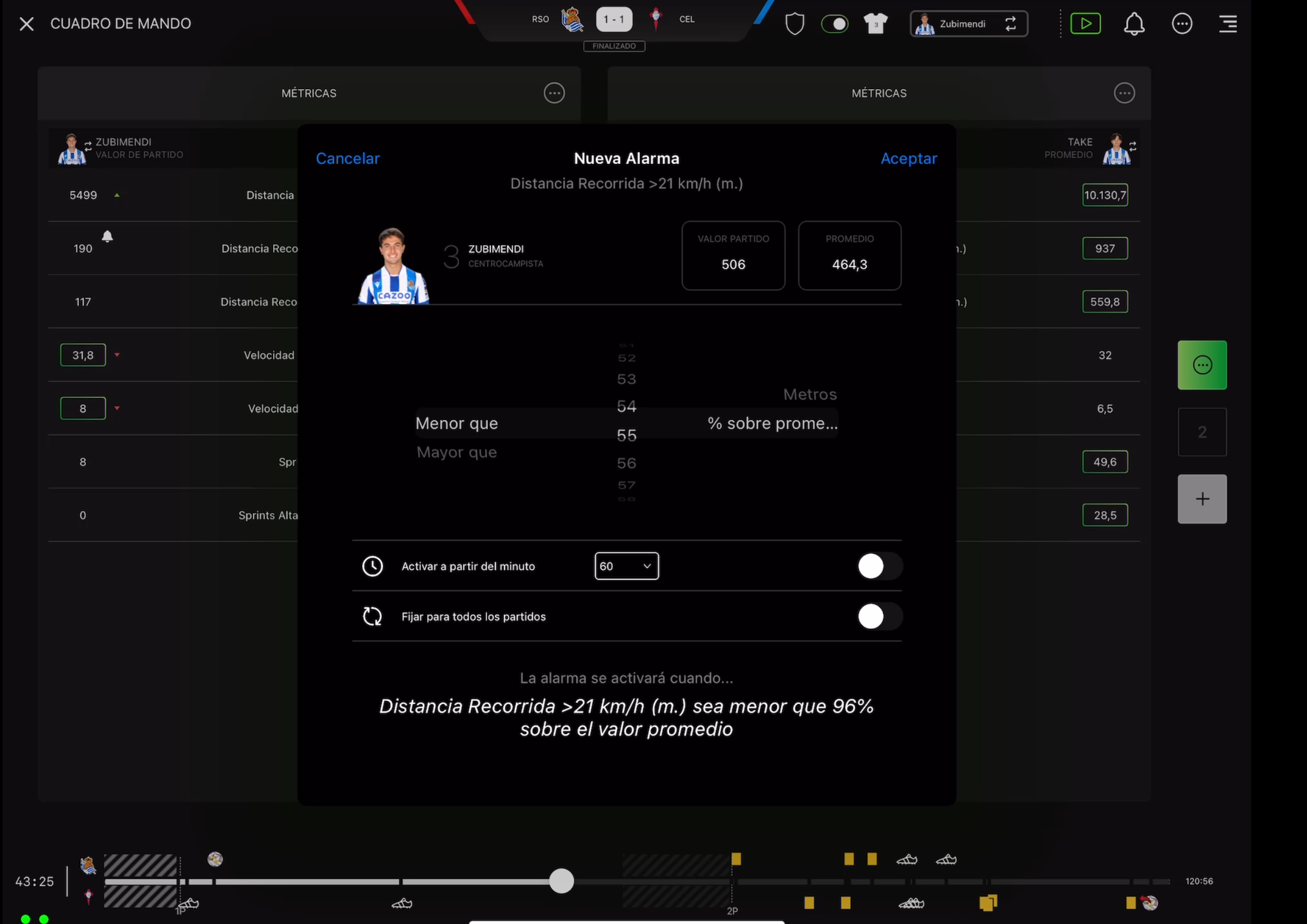
11 Nov How Science Can Help LaLiga Coaches Prevent Injuries in Professional Football: A Science-Based Guide
In high-intensity sports like football, injury prevention is not just a challenge but a critical necessity to maximize performance and protect players’ health. Research published by LaLiga’s Football Intelligence & Performance Department has provided valuable insights to guide coaches in planning and executing safer and more effective training regimens. Here are the main findings and how they can be applied daily, considering the complexity of demands on players competing in multiple tournaments.
1. ACTN3 Genotype and Its Impact on Performance and Muscle Injuries
- Finding: Players with the ACTN3 XX genotype have lower sprint performance and higher rates of non-contact muscle injuries (https://doi.org/10.3390/genes15030386).
- Application: If you are working with a player with this genotype, prioritize strength exercises and specific prevention protocols to minimize injury risk. Adjusting training volume and intensity can be key.
2. Match Load and Muscle Injury Risk: A Nuanced Approach
- Finding: Although match accumulation can increase the risk of injuries, the relationship is not simply linear. Factors such as recovery quality, competitive context, and specific demands also play a key role. Furthermore, acute (recent) versus chronic (accumulated over weeks) load balance must be managed carefully, as abrupt increases in load can be more dangerous than a high number of matches per se (https://doi.org/10.1186/s40798-022-00427-w) (https://doi.org/10.1055/a-1533-2110).
- Application: Plan adequate recovery periods and monitor the balance between acute and chronic load. Avoid sudden peaks in intensity and prioritize balance. The Mediacoach Live Pro tool can be a key ally, as it allows real-time load monitoring and triggers alerts to the bench when a player reaches an effort level above their average, helping to make tactical adjustments and prevent injuries.
3. Running Demands and Hamstring Injuries
- Finding: Hamstring injuries are often preceded by spikes in high-speed running demand (https://doi.org/10.5114/biolsport.2024.127387).
- Application: Implement progressive conditioning sessions that simulate match demands. Avoid sudden spikes in high-intensity running loads.
4. Impact of Reduced Exposure in Previous Matches
- Finding: Low exposure in the two previous matches can increase the risk of hamstring injuries, highlighting the importance of maintaining an optimal competitive load (https://doi.org/10.1177/19417381231158117).
- Application: Avoid long periods of inactivity and plan a gradual reintroduction to competition.
Practical Takeaways for Coaches
Integrating this scientific evidence can help develop more effective injury prevention strategies. Managing workload, avoiding sudden demand spikes, and planning adequate reintroductions to competition are key pillars to minimizing injury risk, especially in contexts where players compete in multiple tournaments. The use of tools such as Mediacoach Live Pro, which allows for real-time load monitoring and triggers alerts when certain thresholds are exceeded, can make a significant difference in injury prevention.


